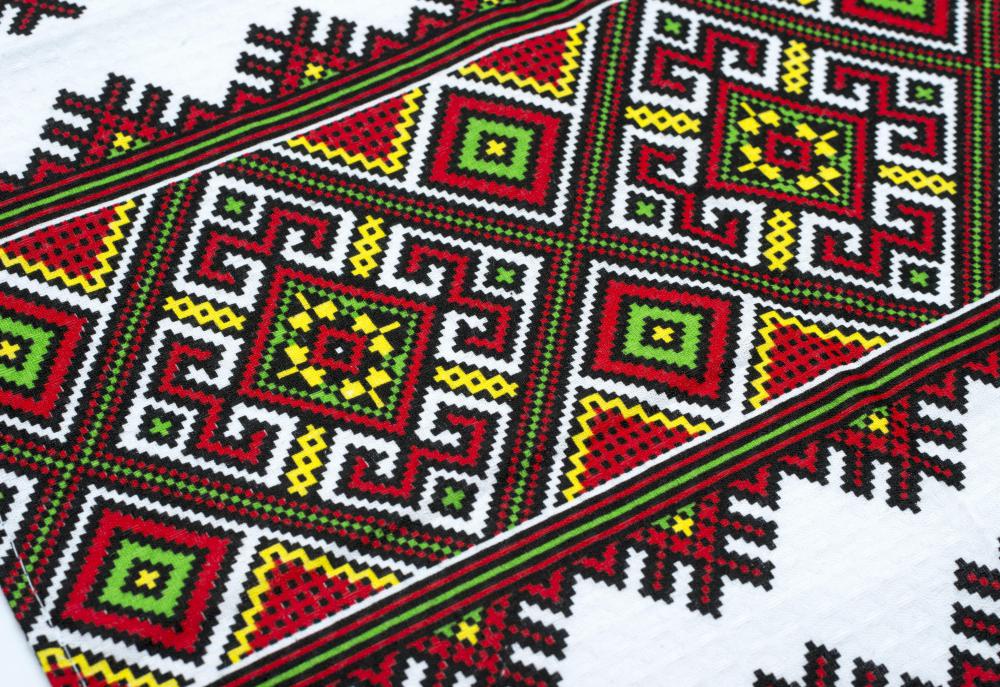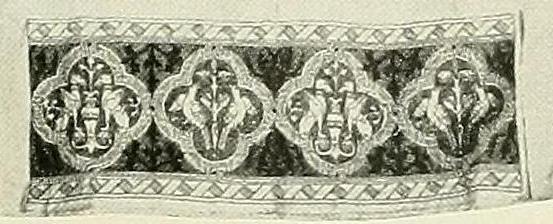At WiseGEEK, we're committed to delivering accurate, trustworthy information. Our expert-authored content is rigorously fact-checked and sourced from credible authorities. Discover how we uphold the highest standards in providing you with reliable knowledge.
How do I Choose the Best Embroidery Patterns?
When choosing embroidery patterns, it is typically important to pick patterns that fit the skill level of the stitcher and that match the type of needlework to be done. In order to choose the best embroidery patterns, it may be best to consider what purpose the needlework will serve as well as who its intended recipient is. How much time the pattern takes to complete is another important consideration when picking a pattern.
Before even beginning to look for embroidery patterns, think of the type of image that will be embroidered as well as the skill level of the stitcher. Choose a theme and then pick an image that the embroiderer could complete. Some images are easier to stitch than others; for instance, a simple round baseball or basketball can be easier to do than the figure of a baseball player. Line drawings are typically easier to complete than patterns that require the stitcher to fill in areas with stitches or to create textured stitches.

Another important thing to consider when choosing embroidery patterns is how much instruction comes with the pattern. Some needlework patterns are just a picture that the stitcher transfers onto a piece of fabric while others include directions for stitches and recommended stitch styles. A more advanced stitcher may do well simply transferring the picture she wants to stitch to the fabric and using the stitches she knows; a new stitcher may need extra guidance when it comes to picking appropriate stitches.

After choosing a basic theme, image, and instruction level, consider the type of embroidery to be done. Different types of patterns are used for hand embroidery, cross stitch or machine embroidery. A stitcher normally cannot substitute one for the other since the designs and languages used to describe each style are completely different.
Perhaps the most important thing to consider when choosing a pattern is if the pattern works for the project. Some embroidery patterns are designed to be pieces of art that are hung on the wall while others are designed to be stitched onto a jacket or tote bag. If the stitcher plans to embroider a garment for someone, she may want to avoid a large, elaborate pattern. Alternatively, a small, simple pattern is perfect for stitching onto the chest of a polo shirt or in the corner of book bag. If she is particularly enamored of a large pattern but needs it to be much smaller, she may want to investigate whether or not she can shrink the pattern down while maintaining its scale in order to use it in a smaller area.
AS FEATURED ON:
AS FEATURED ON:















Discussion Comments
@Wisedly33 -- I usually do stamped cross stitch, so I know what you mean. I also do some crewel work, which also requires some forethought when you're choosing patterns.
I like color and visual impact, so that's something I look for when I'm choosing patterns.
It's getting harder to find these patterns, though. Hand needlework is apparently a dying art.
I'll be honest: I usually use pre-stamped embroidery patterns, but that's just because it's such a pain to transfer patterns.
One thing I look for is how much satin stitching is involved. I can whip up a pattern in a weekend if all I'm doing are outline, cross and lazy daisy stitches. Satin stitches take a while, if you want them to look right. They're not difficult, but they do require precision.
However, because hand embroidery is such a rare skill to have these days, there's a great feeling of accomplishment to be able to say one did an intricate pattern by hand, rather than by relying on a machine to do it.
Post your comments